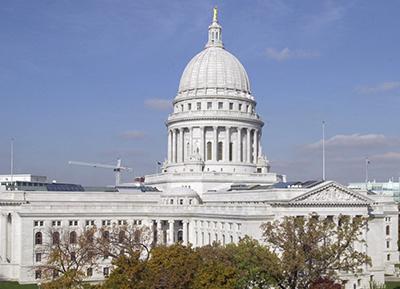In the swirling political landscape of Virginia,where academic governance meets partisan tension,a judicial gavel has struck a decisive blow to Governor Glenn Youngkin’s university board ambitions. A Virginia judge has stepped into the crossfire of legislative gridlock, issuing a ruling that temporarily halts the governor’s contested appointments to state university boards—a move that underscores the ongoing power struggle between executive and legislative branches in the Old Dominion State. A legal showdown has erupted in Virginia’s political landscape, challenging the gubernatorial appointment process and exposing deep partisan tensions. Circuit Court Judge W. Patrick Mullins issued a significant ruling that temporarily blocks Governor Glenn Youngkin’s attempts to reshape university governing boards, marking a critical moment in the state’s ongoing power struggle.
The dispute centers on four board nominations that Democratic senators rejected during the legislative session, highlighting the intricate balance of power between the executive and legislative branches. Youngkin’s proposed candidates for the University of Virginia and Virginia Tech boards became a focal point of controversy,with Democrats arguing that the selections did not meet appropriate qualifications or represent the state’s diverse educational interests.
Judge Mullins’ decision stems from a complex interpretation of Virginia’s constitutional provisions regarding gubernatorial appointments. The ruling suggests that while the governor has the authority to nominate board members, the Senate retains significant discretion in its confirmation process. This nuanced legal interpretation underscores the intricate checks and balances embedded in the state’s governmental structure.
The rejected appointments reflect broader ideological tensions surrounding higher education governance. Youngkin, a Republican known for his conservative educational reform agenda, has consistently sought to influence university leadership and curriculum. Democrats,conversely,have positioned themselves as defenders of academic independence and institutional diversity.
Legal experts are closely analyzing the implications of this judicial intervention. The ruling possibly sets a precedent for future gubernatorial appointment challenges and highlights the ongoing political dynamics within Virginia’s educational institutions. Both sides are preparing for potential appeals, signaling that this conflict is far from resolution.University administrators and board members are watching the developments with keen interest, recognizing that the outcome could considerably impact institutional leadership and governance. The uncertainty surrounding board compositions creates potential disruptions in strategic planning and administrative continuity.
The legal battle also illuminates the broader national conversation about political influence in higher education. Similar disputes are emerging in other states, where gubernatorial appointments and legislative confirmations have become increasingly contentious.
As the legal proceedings continue, stakeholders from various political and educational backgrounds are closely monitoring the developments. The case represents more than a simple bureaucratic disagreement; it symbolizes the complex interactions between political power, educational leadership, and institutional autonomy.
The unfolding scenario demonstrates the delicate balance of power in state-level governance and the critical role of judicial interpretation in resolving political disputes.




